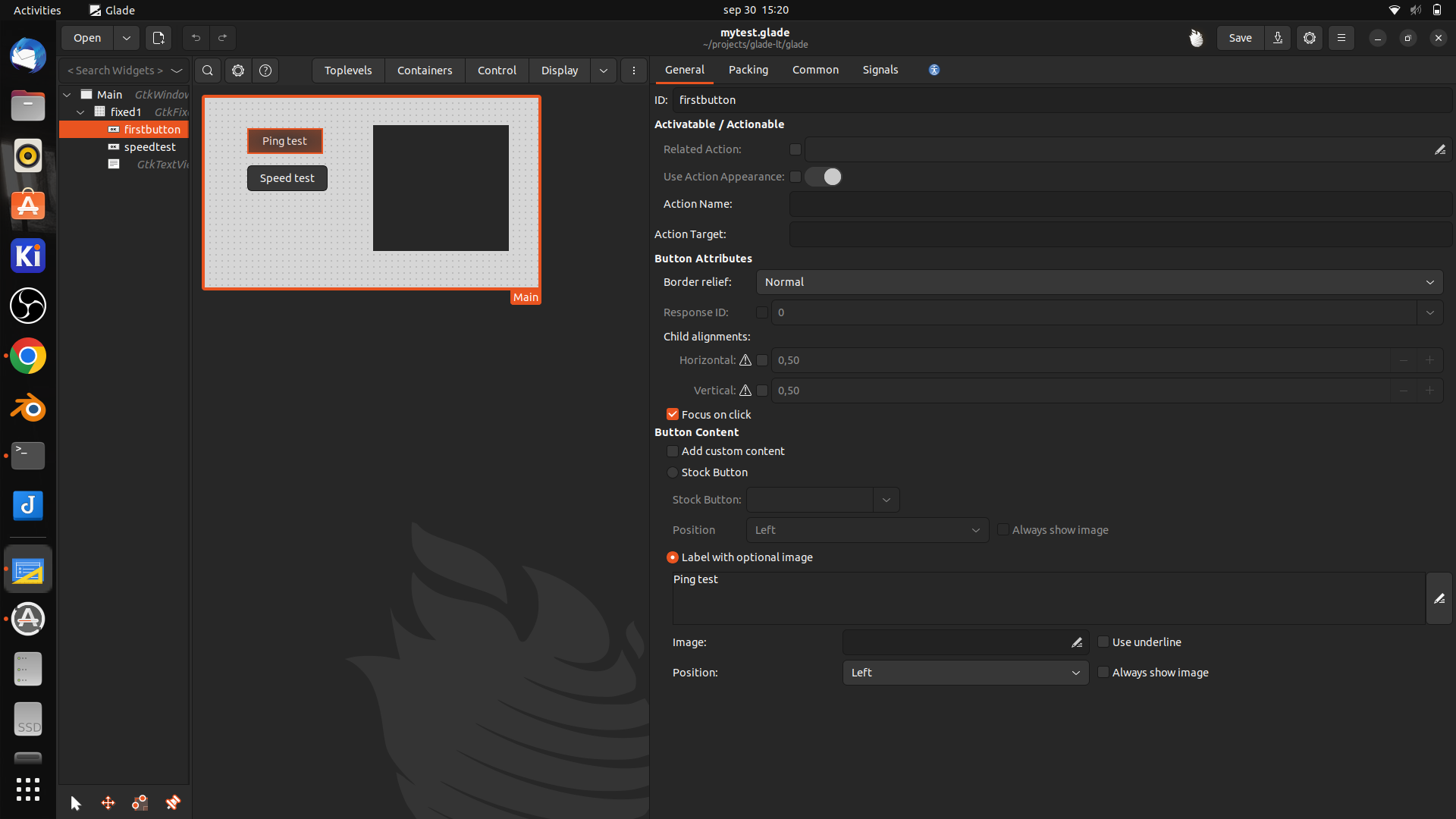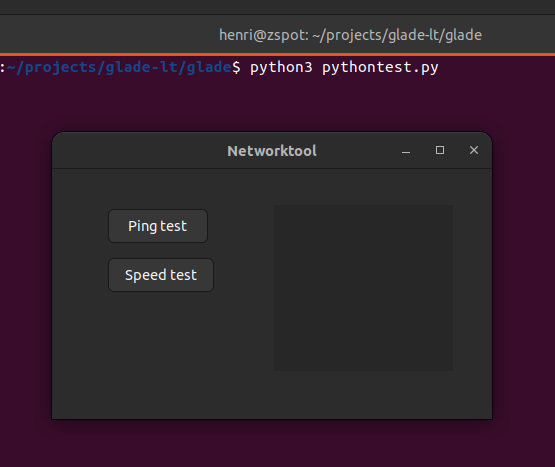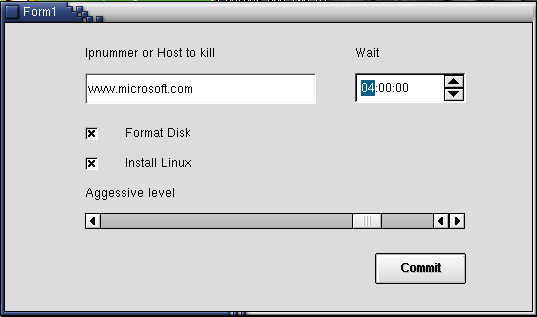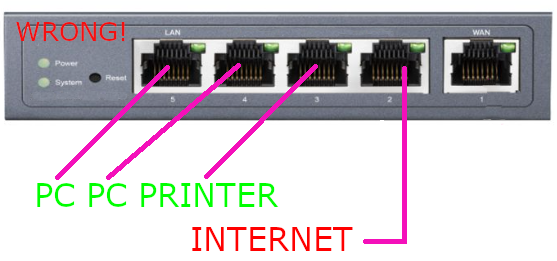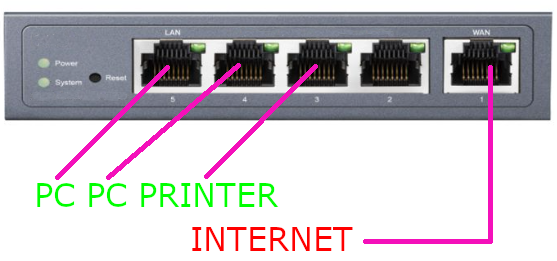From a long time ago
(two examples)
There was a place i’ve worked, they did something weird with network masks.
The cause was probably because of changes in the network, and some things had to be re-routed.
When doing routing you use a network mask, this mask is used in tcp/ip routing. When an IP is not in a local network, which boundaries are set by the mask, the protocol will use the gateway to break out of the network.
Example time!
192.168.1.2 – computer IP
192.168.1.0 – network it sees as local
255.255.255.0 – network mask
192.168.1.1 – gateway of example
in binary
11000000.10101000.00000001.00000010 – computer IP
11000000.10101000.00000001.00000000 – network
11111111.11111111.11111111.00000000 – mask (should be al 1’s until the boundary of the network)
The 1’s in the mask should work as a filter!
What i’ve seen was something like a mask
11111111.1111111.00111111.00000000 !
This gave the network a gap into another network!
This is NOT encouraged, don’t do this.
Theoretical and seen in a real live environment .. it CAN work
Another weird one
I was asked to look into a problem at the Johan Cruyff Foundation.
Btw I ran into the guy, but I didn’t know who he was, they had to explain.
(I ‘m not into football)
Some PC’s sometimes could not connect to the network. Sometimes the printer didn’t work.
A colleague of mine looked into it and could not find it.
- The order in which powered up the PC’s and printer seems to matter.
- From the 7-8 devices only 6 worked.
So I drove to Amsterdam, turned on a pc, and looked at its network settings.
It was getting a IP, but it was a PUBLIC one!
Looking at another machine, it was also a public one!
The router was locked inside a cabinet, but I knew the famous dutch telecom provider had done something like this! (below)
As it should be (4 ports example)
The organisation had a range of 6 public addresses, thats why not all machines could connect.
These windows pc where connected directly to the internet!
(Some virusscanning required I think!)
